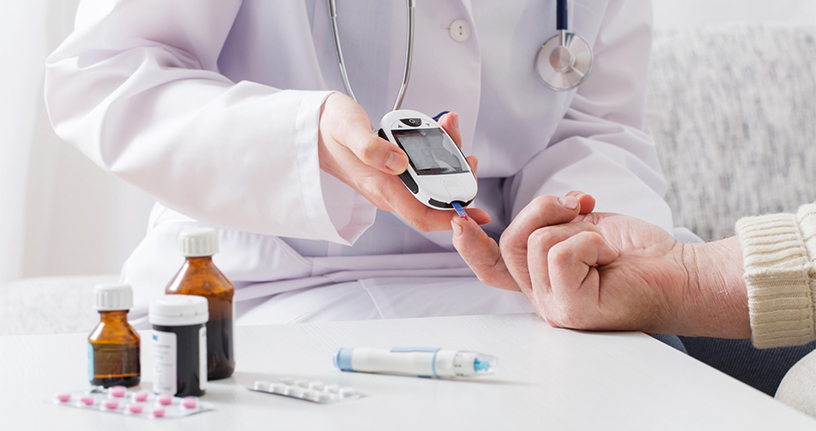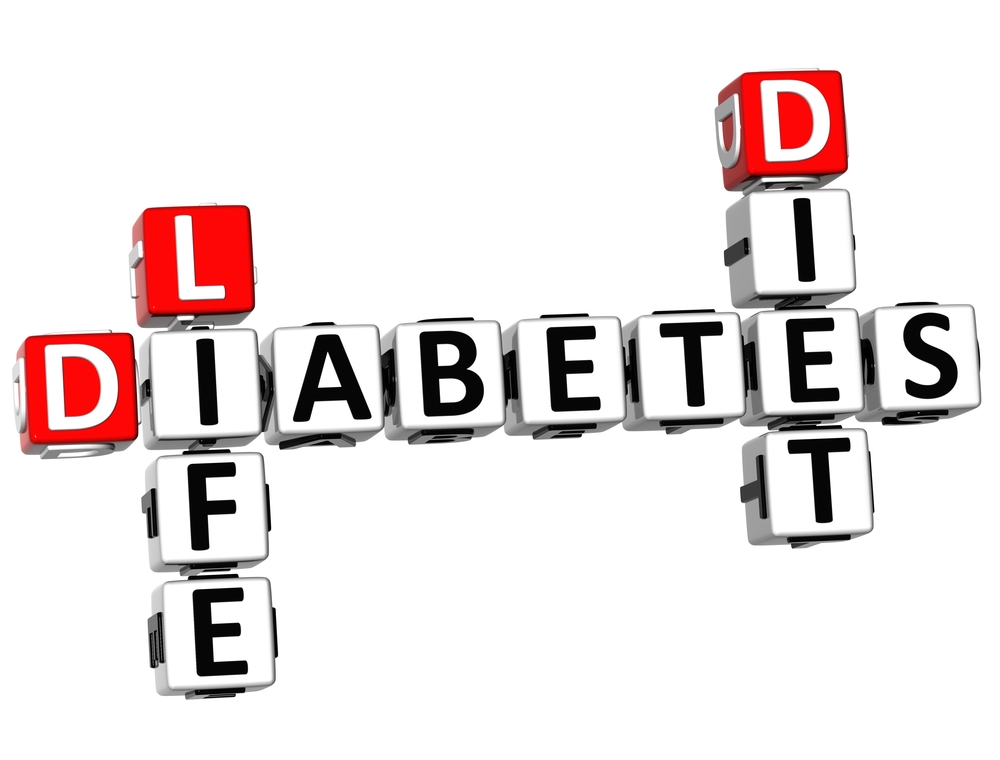Controlling blood sugar levels helps improve the diabetic condition and prevent problems during treatment. The major components of the treatment of diabetes mellitus are diet, oral medicines, and insulin treatment. This information guide explains how you can safely achieve blood sugar control.
Management of diabetes
Patients often seek ways and check on how to lower blood sugar levels naturally. Ideally, the initial management of type 2 diabetes should be based on dietary restrictions combined with increased physical activity. Doctors first recommend managing diabetes with diet and exercise. However, medicinal treatment may be considered in the presence of much higher blood sugar levels above the usual range, which increases the risk of serious issues related to diabetes or other metabolic diseases.
Dietary treatment
Diet plays a key role in the management of any condition. Treatment cannot be effective unless adequate attention is paid to ensure appropriate nutrition. Dietary treatment should have the following goals:
-
- Ensuring weight management
- Allowing to achieve blood sugar levels target as closely as possible
- Offering nutritional requirements
- Treating blood lipid abnormalities
- Ensuring consistency and compatibility with oral medications and insulin.
Role of insulin in blood sugar regulation: Insulin is a hormone that facilitates glucose uptake into cells and prevents the buildup of glucose in the blood. When the sugar level rises after a meal, the hormone is released to unlock cells to absorb glucose for energy and storage.
Best diet for diabetes management: The dietary guidelines for people with diabetes are:
-
- About 25% to 35% of fat can be consumed from the total intake of calories, but the consumption of saturated fat should not exceed 10% of the total energy. Cholesterol consumption must be stopped and limited to 300 mg or less daily.
- Consumption of protein can range between 10% to 15% of total energy (0.8-1 g per kilogram of desirable body weight). Protein intake must be increased for certain people, such as children and pregnant women. Requirements should be fulfilled from both animal and vegetable sources based on an individual’s preferences.
- Carbohydrates offer 50% to 60% of the total calories of the diet. It is always suggested that carbohydrates should be complex and high in fiber; preference should be the total amount of carbohydrates rather than the source of carbohydrates.
- Too much salt should be avoided. Excessive salt intake is restricted, especially in people with high blood pressure and those with nephropathy.
- The use of artificial sweeteners in the diet should be limited. Especially sweeteners like fructose and sorbitol) should be restricted.
- Alcohol restrictions are the same that apply to the normal population and also apply to people suffering from diabetes mellitus. However, in diabetes patients who take diabetes medicines, there is an increased risk of hypoglycemia (low blood sugar), which should be particularly restricted in individuals with lipid abnormalities.
- In people with a well-balanced diet, routine mineral and vitamin supplementation is generally not needed except in pregnant women and lactating mothers. There is still no adequate data to prove that such treatment options have beneficial effects.
- Meal planning
- Initial management of diabetes includes an overall assessment of dietary intake as well as individual requirements. Under optimal circumstances, an experienced dietician, along with the treating healthcare professional, can help plan a meal.
- Diabetes-friendly meal plans:
- Meals are generally planned with certain factors in mind, such as economic factors, local circumstances related to availability, and social values.
- Meals need to be evenly distributed throughout the day. Emphasis should be given to food timings and energy intake from day to day, especially in people receiving insulin.
- Low glycemic index foods, including more fruits, vegetables, beans, whole grains, and nuts, cause a slower and more gradual increase in sugar levels than high glycemic foods.
Foods to help maintain blood sugar levels
- Dairy, meat, and protein foods
- Meats, poultry, fish, and eggs prepared without sugar
- Beans and legumes
- Peanut butter without sugar, nuts,
- Cheese, no added sugar, milk, or sugar-free yogurts
- Fruits and vegetables
- Fresh fruit
- Frozen or canned vegetables without added sugar
- Canned fruit without added sugar or sugar-free packed juices
- Grains
- Brown rice
- Whole grain bread pasta
- Whole grain cereals
- Dessert and beverages
- Diet sodas
- Sugar-free pudding or ice cream
- Diet gelatin desserts
- Coffee or tea without sugar
Medicinal treatment
Oral medications are considered only after a dietary regimen combined with exercise has failed to help achieve the targeted levels. Different classes of medications work in different ways to help manage blood sugar levels. Medication options for type 2 diabetes include:
-
- Metformin
One of the most commonly prescribed medicines for type 2 diabetes is Metformin. It works by lowering the amount of sugar your body produces and absorbs. It also supports how your body responds to insulin.
Metformin suits everyone with Type 2 diabetes, including children. While certain antidiabetic agents can contribute to weight gain, Metformin does not.
-
- Sulfonylureas
These include drugs such as glipizide, glimepiride, and glyburide. These blood sugar control medications help your pancreas release more insulin, which lowers the amount of sugar in your bloodstream. Doctors sometimes prescribe Metformin in combination with sulfonylureas if weight gain is not a concern. These medicines help the pancreas produce more insulin hormone, thereby lowering the amount of glucose in the bloodstream.
-
- Meglitinides
Also known as glinides, Meglitinides are oral medicines that include nateglinide and repaglinide. They have a similar mode of action as sulfonylureas. They begin to work rapidly but do not last long, like sulfonylureas. So, it is important to take them often. They can be a good alternative if sulfonylureas are intolerable.
-
- Dipeptidyl peptidase-4 inhibitors
These are gliptins, which include sitagliptin, along with others. They trigger insulin releases, restrict the production of glucose in the liver, and help you feel full. If you are unable to tolerate Metformin, you may be prescribed any of the gliptins.
-
- SGLT2 inhibitors
These include Invokana, Dapagliflozin, Empagliflozin, etc. These cause your kidneys to get rid of salt and glucose through urine. In some cases, they also lose weight, reduce blood pressure, and reduce hypoglycemia risk.
-
- Thiazolidinediones
These include pioglitazone, and rosiglitazone. They are typically used in combination with Metformin, sulfonylureas, and insulin. They work by slowing down the process by which your liver makes glucose. These also allow your body to respond to your insulin in a better way, making it a good option for those who are struggling with insulin resistance.
-
- Alpha-glucosidase inhibitors
These include acarbose and miglitol. These are used to slow down your stomach’s absorption of simple sugars.
Bottom line!
Every individual with diabetes has different treatment goals, risk factors, and health conditions that can help identify which Type 2 diabetes treatment is right for them. Oral medicines are available to help lower blood glucose levels. For best results, it is recommended that these medicines be used under the supervision of a healthcare professional.



